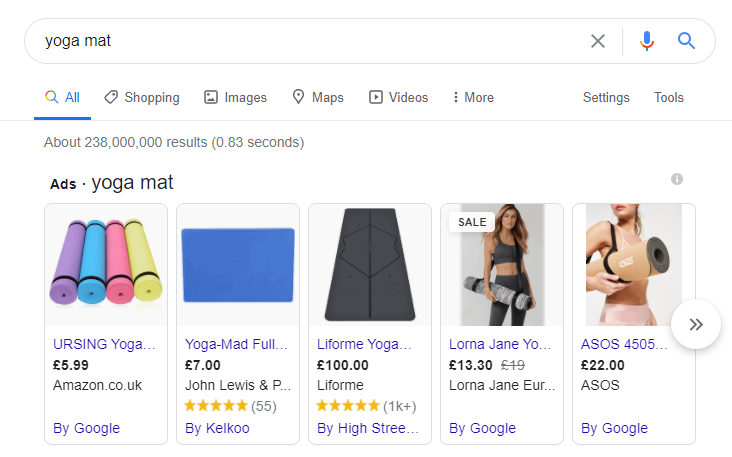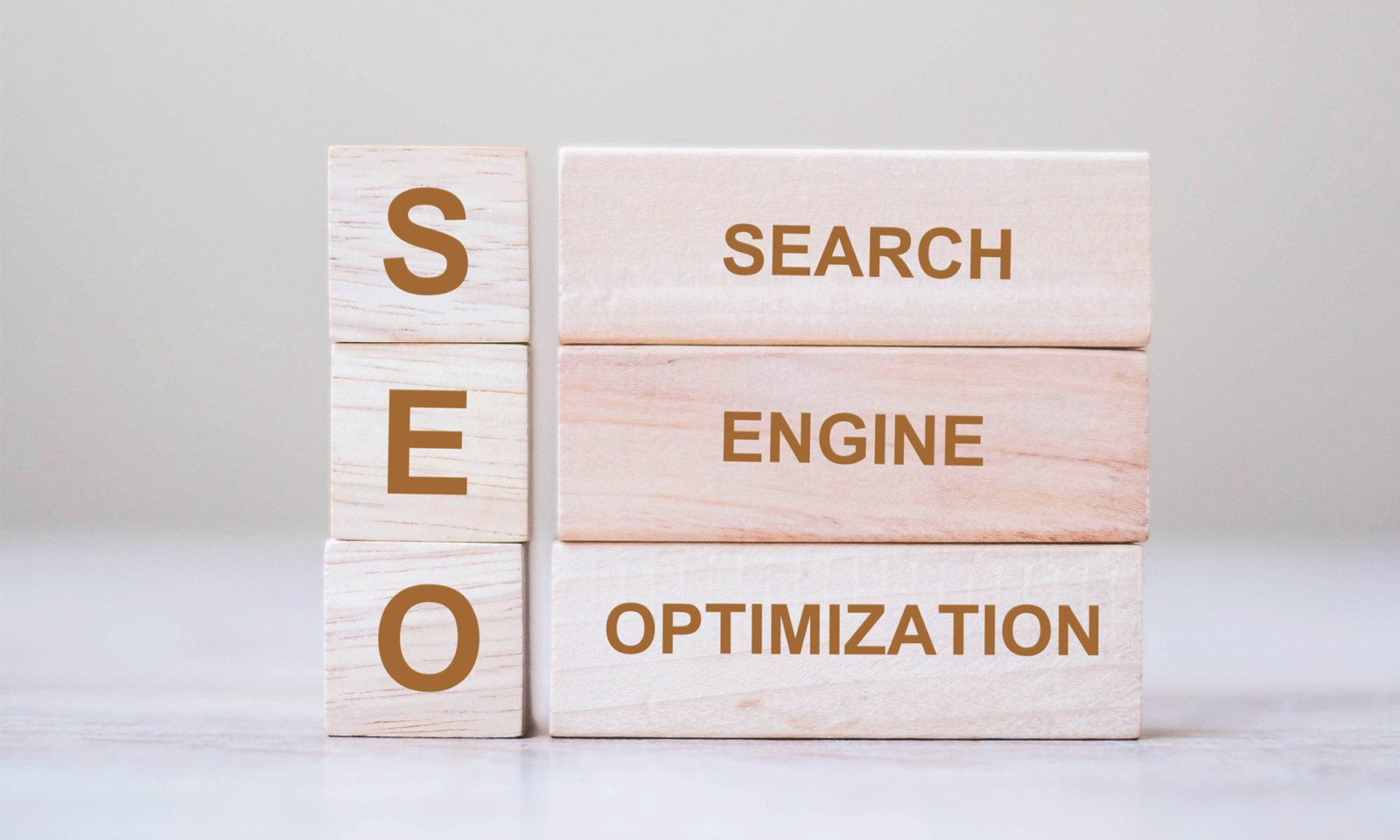When it comes to Search Engine Optimisation, you may find that your mind is boggled by all of the jargon and technical terms that often get thrown around.
But fear not – in this post we lay out some of the most commonly used SEO terms and explain what they mean.
What are the three types of SEO?
First things first – SEO can be split into three different types, which may be confusing if you’re new to the digital marketing world.
On-page SEO
On-page SEO refers to the content housed on your own website. This can cover anything from landing page copy to product descriptions and blog articles. And on-page SEO strategy involves optimising the content on individual pages of your website, via keyword research and the creation of high-quality content.
Off-page SEO
Off-page SEO refers to activities that take place on other websites, with the aim of strengthening the influence, authority and reputation of your own website. These factors help search engines see that your website is a trusted and reliable source, and predominantly involves the procurement of high quality backlinks from relevant sites with high domain authority.
Technical SEO
Technical SEO refers to the elements of your website that aren’t content related – it focuses on the backend structure and foundation. The aim is to improve a site’s readability, making it easier for search engines to crawl it, thus putting you in the best position to rank for your target keywords. Technical SEO covers site speed, indexing, site architecture, structured data, security and mobile friendliness.
SEO Glossary
Below are some of the words and phrases you’re bound to come across when discussing SEO best (and worst) practices.
Black Hat
SEO practices that violate Google’s community guidelines, for example keyword stuffing.
Crawl
Refers to the process by which a search engine discovers web pages.
De-indexed
If one or more pages have been removed from Google’s index, they have been de-indexed.
Featured snippet
Answer boxes that appear at the top of organic search results for relevant queries. A featured snippet’s aim is to answer the user’s question immediately upon loading search results.

Indexing
The storing and organising of content found during crawling.
Intent
When we use this word in the context of SEO, we refer to a user’s intent when using a search engine – what do users really want from the words they typed into the search bar?
Organic
An organic listing is one that is earned rather than achieved through paid placements.
SERP features
SERP stands for ‘search engine results page’. SERP features are any results displayed in a non-standard format. Some examples of popular SERP features include shopping results, related questions, knowledge panels, video and reviews.

White hat
SEO practices that comply with Google’s community guidelines.
Algorithm
A process, formula or set of instructions designed to perform a specific task and retrieve information in meaningful ways. Search engines use an algorithm to determine which pages are most relevant to the search query based on a number of factors.
Backlinks
Sometimes referred to as inbound links. These are links from other websites to your own.
Caching
A saved version of your web page that allows data to be served faster.
Caffeine
This is Google’s web indexing system. Caffeine refers to the index or collection of web content rather than the bot that crawls the content.
Cannibalisation
This occurs when two or more pages on your website compete for the same term due to the content being too similar or targeting the same keyword. It can hinder your position in the SERPs, so it’s always a good idea to have a well thought out content strategy to avoid this happening
Citation
This is also known as a business listing, and is a web based reference to a local business’s name, address and phone number.
Crawl budget
The number of pages a search engine will crawl on your site.
Crawler directives
Instructions to a crawler in regards to what you want to be crawled and indexed on your website.
Index
The index is a large database of all of the content that has been crawled and been deemed good enough to be served to searchers.
Meta robots tag
Pieces of code that provide search engine crawlers with instructions on how to index web page content.
NoIndex tag
A meta tag that instructs a search engine not to index a particular page on a website. These are often used on landing pages created purely for the purposes of paid ads, often to prevent cannibalisation due to duplicate content.
Relevance
Relevance is one of the three pillars of SEO. A search engine will use your content to assess the relevance of your website/business to the search query, so it’s very important that you produce high-quality content that really hones in on what your business does.
Robots.txt
Files that suggest which pages on your website should or should not be crawled by the search engine.
Sitemap
A list of URLs that the search engine uses to discover and index your content.
URL parameters
There are two types of URL parameters – active and passive. Both refer to a question mark that is appended to a URL, to either change the page’s content (active) or track information (passive).
SEO at Venture Stream
SEO is a fundamental part of website management, and since the onset of the COVID-19 pandemic, is more important to your marketing strategy than ever before. Whether you’re just starting out with an ecommerce website or already have an established brand, we can assist with all aspects of SEO, from technical fixes to content marketing.
Get in touch to have a chat!

